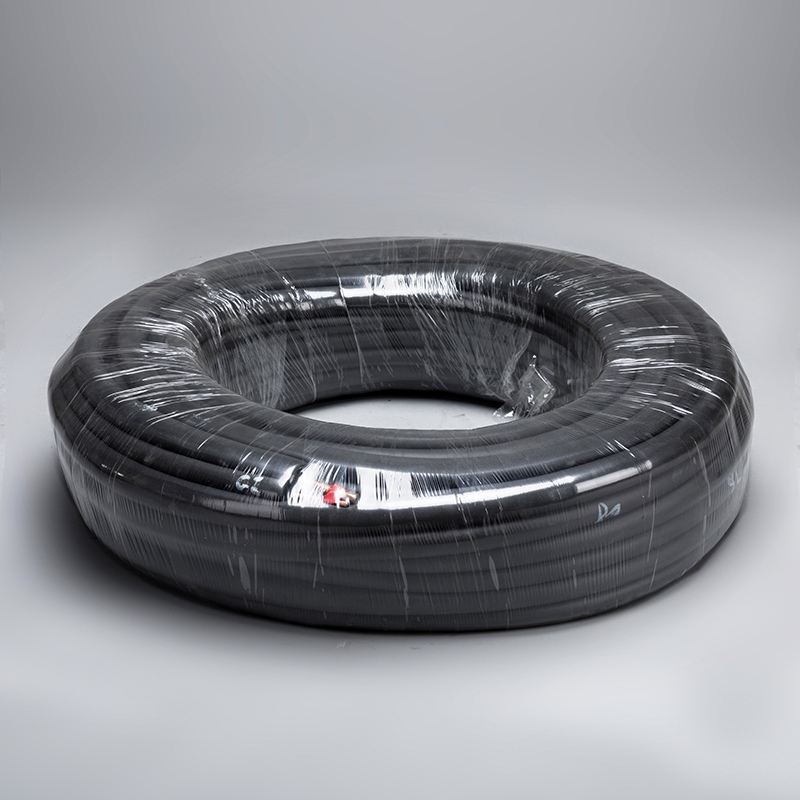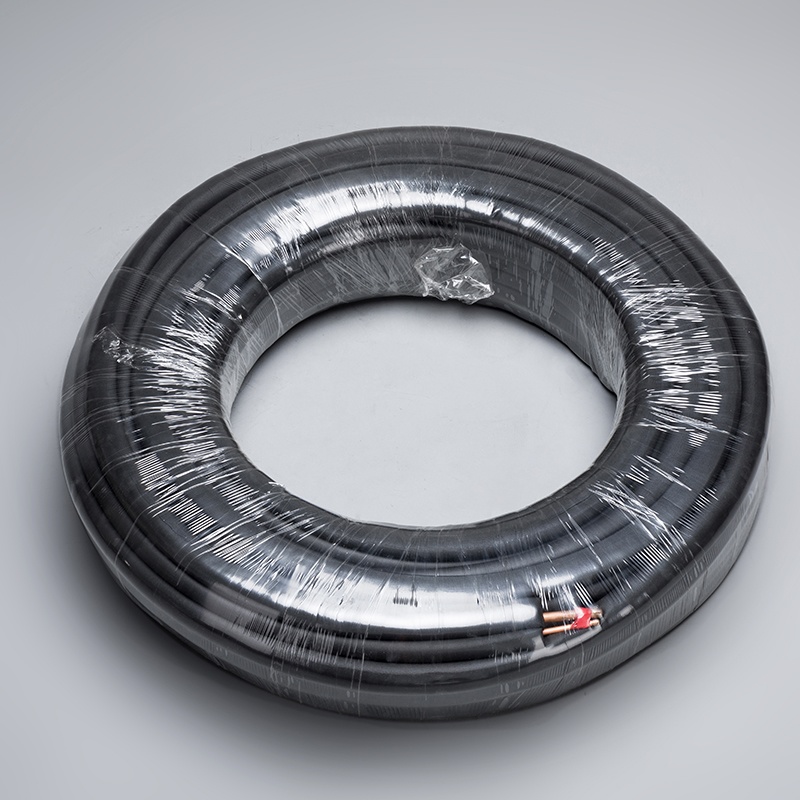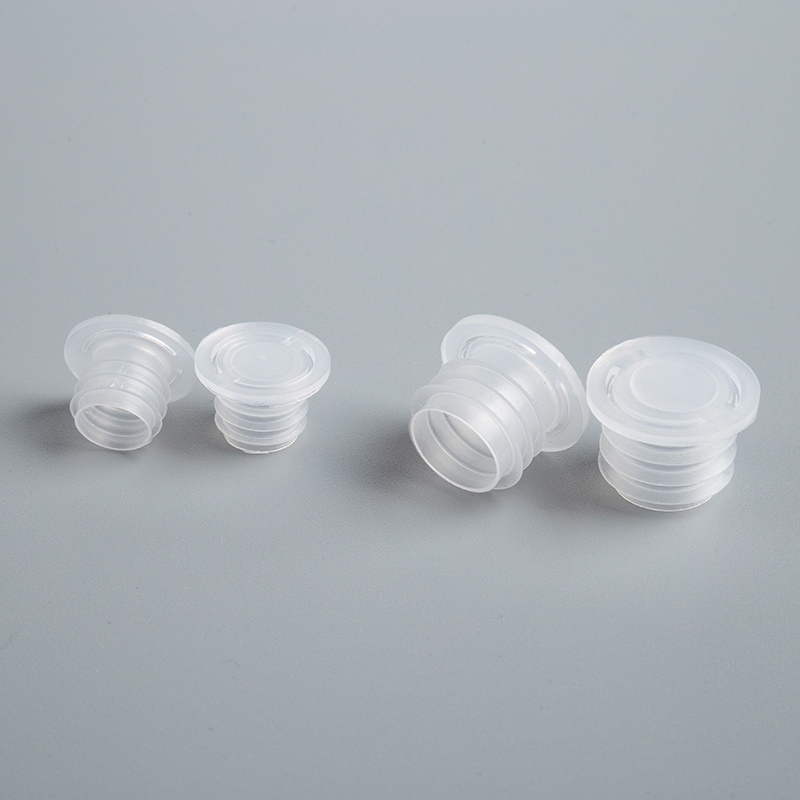How to Measure Copper Pipes Accurately

How to Measure and Install Copper Pipes: A Comprehensive Guide
Accurate measurements play a crucial role in plumbing and construction, especially when working with copper pipes. Errors in measurement can lead to rework, delays, and increased costs. Copper pipes, such as those manufactured by Baoyuan, are commonly used in residential and commercial plumbing systems due to their durability and reliability. Proper tools and techniques ensure precise measurements, which are essential for optimal outcomes. Various tools, such as measuring tapes, digital calipers, and pipe calipers, aid in achieving accurate results.
For more information on Baoyuan's pure copper connecting pipes for air conditioners, visit https://copperpipe.net/products/.
Understanding Copper Pipe Sizes
Nominal vs. Actual Pipe Size
Definition of Nominal Pipe Size
Nominal Pipe Size (NPS) refers to the standardized system used to identify the diameter of pipes. The NPS system designates the pipe size, representing the approximate inside diameter of the pipe in inches. This system simplifies the process of identifying and ordering pipes for various applications.
Definition of Actual Pipe Size
Actual Pipe Size, on the other hand, refers to the true dimensions of the pipe. This includes both the inside diameter (ID) and the outside diameter (OD). The actual size often differs from the nominal size due to variations in wall thickness and manufacturing tolerances.
Differences and Why They Matter
The differences between nominal and actual pipe sizes are crucial for accurate measurements. Nominal sizes provide a general reference, while actual sizes offer precise dimensions required for fitting and installation. Misunderstanding these differences can lead to improper fittings and potential leaks.
Common Copper Pipe Sizes
Standard Sizes Used in Residential Plumbing
Residential plumbing commonly uses copper pipes with specific standard sizes. The most frequently used sizes include:
1/2 inch: Suitable for small fixtures like sinks and faucets.
3/4 inch: Ideal for larger fixtures such as showers and bathtubs.
1 inch: Used for main water lines and larger plumbing systems.
These sizes ensure compatibility with household plumbing fixtures and systems.
Sizes Used in Commercial Applications
Commercial applications often require larger and more varied pipe sizes. Common sizes include:
1 1/4 inch: Suitable for medium-sized commercial fixtures.
1 1/2 inch: Used for larger fixtures and systems.
2 inches and above: Necessary for industrial applications and large-scale plumbing systems.
Understanding these sizes helps in selecting the appropriate pipes for different commercial needs.
Tools Needed for Measuring Copper Pipes

Measuring Tape
Features to Look for in a Measuring Tape
A good measuring tape ensures accurate measurements. Look for a tape with a sturdy, flexible blade. The blade should have clear, easy-to-read markings. A locking mechanism helps hold the measurement in place. A durable casing protects the tape from damage. Magnetic tips can aid in holding the tape steady on metal surfaces.
How to Use a Measuring Tape Correctly
To measure and install copper pipes accurately, start by securing the tape's end at one point of the pipe. Extend the tape along the length of the pipe. Ensure the tape remains straight and taut. Read the measurement at the point where the tape meets the other end of the pipe. Double-check the measurement for accuracy.
Pipe Caliper
Types of Pipe Calipers
Pipe calipers come in various types. Digital calipers provide precise readings on a digital display. Vernier calipers offer manual readings with a sliding scale. Dial calipers feature a dial for easy reading. Each type serves different needs based on the level of precision required.
Step-by-Step Guide to Using a Pipe Caliper
Open the caliper jaws and place them around the pipe.
Close the jaws until they touch the pipe's outer surface.
Read the measurement displayed on the caliper.
For digital calipers, note the reading on the screen. For vernier or dial calipers, read the scale or dial.
Repeat the measurement to ensure accuracy.
Pipe Sizing Charts
How to Read a Pipe Sizing Chart
Pipe sizing charts help measure and install copper pipes accurately. These charts list nominal sizes alongside actual dimensions. Locate the nominal size of the pipe. Cross-reference it with the chart to find the actual inside and outside diameters. Use these dimensions for precise fitting and installation.
Where to Find Reliable Charts
Reliable pipe sizing charts are available from various sources. Manufacturer websites often provide detailed charts. Plumbing supply stores may offer printed charts. Online resources, such as industry-specific websites, also provide accurate sizing information. Always verify the source to ensure the chart's reliability.
Step-by-Step Guide to Measuring Copper Pipes

Preparing the Pipe for Measurement
Cleaning the Pipe
Clean the copper pipe before taking measurements. Use a soft cloth to remove any dirt or debris. For stubborn grime, apply a mild cleaning solution. Ensure the pipe surface is smooth and free from obstructions. A clean pipe guarantees accurate measurements.
Ensuring the Pipe is Straight
Check the copper pipe for any bends or curves. Straighten the pipe if necessary. Place the pipe on a flat surface to verify its straightness. Use gentle pressure to correct minor bends. A straight pipe ensures precise length and diameter measurements.
Measuring the Diameter
Using a Measuring Tape
Wrap the measuring tape around the copper pipe's circumference. Ensure the tape lies flat against the pipe surface. Record the circumference measurement. Divide this number by pi (approximately 3.1415) to find the diameter. This method provides a quick estimate of the pipe's diameter.
Using a Pipe Caliper
Open the jaws of the pipe caliper. Position the jaws around the pipe's outer diameter. Close the jaws until they touch the pipe surface. Read the measurement displayed on the caliper. Digital calipers show the reading on a screen. Vernier and dial calipers require manual reading. Repeat the process to confirm accuracy.
Measuring the Length
Techniques for Accurate Length Measurement
Secure one end of the measuring tape at the pipe's starting point. Extend the tape along the entire length of the pipe. Keep the tape straight and taut. Read the measurement at the pipe's endpoint. Double-check the reading to ensure precision. Accurate length measurement is crucial when you measure and install copper pipes.
Common Mistakes to Avoid
Avoid using a damaged or worn measuring tape. Ensure the tape remains straight during measurement. Do not measure over bends or curves in the pipe. Refrain from estimating measurements. Always use precise tools like calipers for diameter measurements. These practices help avoid errors when you measure and install copper pipes.
Tips for Ensuring Accurate Measurements
Double-Checking Measurements
Importance of Verifying Measurements
Accurate measurements ensure the proper fit and function of copper pipes. Errors in measurement can lead to costly mistakes and rework. The healthcare industry relies on high precision, quality, and safety. This principle applies to plumbing as well. Verifying measurements guarantees that the necessary criteria are met. Consistent accuracy prevents leaks and ensures a reliable plumbing system.
Methods for Double-Checking
Double-checking measurements involves using multiple tools and techniques. Use both a measuring tape and a pipe caliper to confirm dimensions. Cross-reference measurements with a reliable pipe sizing chart. Repeat measurements at different points along the pipe. This method ensures consistency and accuracy. Always record measurements clearly for future reference.
Maintaining Your Tools
Cleaning and Storing Measuring Tools
Proper maintenance of measuring tools extends their lifespan and ensures accurate results. Clean tools after each use. Remove dirt and debris with a soft cloth. Store tools in a dry, secure place to prevent damage. Avoid exposing tools to extreme temperatures or moisture. Regular cleaning and proper storage maintain the tools' precision.
Calibrating Tools for Accuracy
Calibrating tools ensures that measurements remain accurate over time. Follow the manufacturer's guidelines for calibration. Use a standard reference object to check the tool's accuracy. Adjust the tool as needed to match the reference object's dimensions. Regular calibration is essential for maintaining the reliability of measuring tools. Accurate tools provide precise measurements when you measure and install copper pipes.
Accurate measurements ensure the reliability and performance of copper piping systems. Practicing and refining measuring skills enhances precision and reduces errors. Consistent use of proper tools like measuring tapes and calipers leads to better results. Regular tool maintenance and calibration also contribute to accuracy. Following these tips helps achieve precise measurements, ensuring optimal outcomes in plumbing and construction projects.
See Also
Effortless Method for Measuring Copper Tubes Like an Expert
Simple Tutorial on Measuring Copper Piping Like a Pro
Straightforward Process for Measuring Copper Tubing for DIY Projects
The Indispensable Handbook: Measuring Copper Pipe Dimensions
Decoding the Mystery of Copper Pipe Dimensions: An In-Depth Manual


